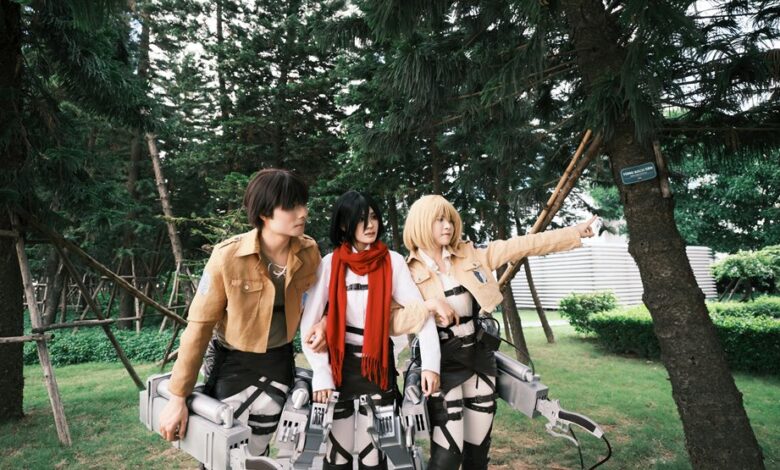Toji Manga

Toji Manga emerged during Japan’s late Edo period, intertwining traditional ukiyo-e techniques with modern narratives. This art form showcases dynamic characters and intricate plots that reflect societal transformations. Its exploration of nature’s relationship with humanity invites deeper contemplation. As Toji Manga continues to evolve, its influence expands beyond Japan’s borders, raising questions about its role in global cultural exchanges. What implications does this hold for future generations of creators and audiences alike?
The Origins of Toji Manga
Although the precise origins of Toji Manga are often debated among scholars and enthusiasts alike, it is widely acknowledged that this unique form of storytelling emerged in Japan during the late Edo period.
Its development was influenced by a confluence of cultural influences, including traditional ukiyo-e art and the burgeoning literacy among the populace, reflecting the historical context of societal change and artistic exploration.
Key Characteristics of Toji Manga
Toji manga is distinguished by its unique art style, which often blends traditional and contemporary techniques to create visually striking narratives.
This artistic approach complements engaging storytelling techniques that captivate readers, weaving intricate plots with rich character development.
Together, these characteristics not only define Toji manga but also enhance its appeal across diverse audiences.
Unique Art Style
The distinctiveness of Toji manga lies in its art style, which seamlessly blends bold lines and intricate details to create a striking visual experience.
This unique approach enhances visual storytelling, showcasing artistic innovation that captivates audiences.
Key characteristics include:
- Dynamic character expressions
- Fluid motion representation
- Rich, textured backgrounds
- A harmonious color palette
Together, these elements elevate the overall narrative, inviting viewers into an immersive world.
Engaging Storytelling Techniques
Building upon its unique art style, Toji manga employs a variety of engaging storytelling techniques that amplify the reader’s connection to the narrative.
Character development is intricately woven, allowing for profound emotional investment, while narrative pacing effectively balances tension and relief, guiding the reader through climactic moments.
This synergy fosters a captivating experience, encouraging exploration of themes and character arcs within the vibrant world of Toji manga.
Themes and Symbolism in Toji Manga
In Toji Manga, the interplay between nature and humanity emerges as a central theme, reflecting the complex relationship individuals have with their environment.
This exploration often highlights the duality of existence, where characters grapple with their inner conflicts and external realities.
Through rich symbolism, these elements intertwine to create a narrative that challenges perceptions of harmony and discord in the human experience.
Nature and Humanity
While exploring the intricate relationship between nature and humanity, Toji Manga delves into the ways in which human experiences are intertwined with the natural world.
This theme highlights:
- The significance of nature connection in shaping identity.
- The impact of environmental changes on humanity’s evolution.
- The balance between progress and preservation.
- The emotional resonance found in natural landscapes.
These elements illustrate a profound dialogue between human existence and the environment.
Duality of Existence
Although often overlooked, the duality of existence in Toji Manga serves as a fundamental lens through which the narrative unfolds, revealing the complexities of human experience.
This exploration aligns with existential philosophy, highlighting the tension between opposing forces within characters.
The intricate portrayal of character duality invites readers to grapple with their own perceptions, enhancing the narrative’s depth and resonance within the broader human condition.
Notable Toji Manga Works and Creators
Toji manga has produced a diverse array of notable works and creators, showcasing unique storytelling and artistic styles that resonate with audiences.
Key contributions reflect the rich tapestry of Toji influences:
- Innovative narratives exploring existential themes
- Distinctive art styles that push boundaries
- Pioneering Toji creators redefining genres
- Cultural commentary that engages with contemporary issues
These elements collectively highlight the enduring impact of Toji manga.
The Global Impact of Toji Manga
As the influence of Toji manga permeates global culture, it becomes evident that its distinctive narrative techniques and artistic expressions have transcended geographic boundaries.
This cultural exchange fosters a global readership, allowing diverse audiences to connect through shared themes and experiences.
Consequently, Toji manga not only enriches individual perspectives but also cultivates a collective understanding, highlighting the universal appeal of storytelling.
The Future of Toji Manga
While the future of Toji manga remains uncertain, it is poised to evolve in response to shifting cultural landscapes and technological advancements.
Anticipated future trends include:
- Increased digital adaptations enhancing accessibility
- Collaborative storytelling across platforms
- Integration of augmented reality experiences
- A focus on diverse narratives reflecting global perspectives
These elements may redefine Toji manga, fostering a richer engagement with audiences worldwide.
Conclusion
In conclusion, Toji Manga stands as a vibrant tapestry woven from the threads of tradition and modernity, capturing the essence of human experience. Its intricate narratives and dynamic artistry not only reflect societal transformations but also foster a rich cultural dialogue across borders. As it continues to evolve, Toji Manga remains a beacon of creativity, inviting readers to explore the delicate dance between nature and humanity, ensuring its legacy endures in the hearts of audiences worldwide.




